When thinking of a Zambian vacation most people will think of the spectacular Victoria Falls and a safari of a lifetime. While these are epic places and activities to experience, people often forget or don’t know about some of the other spectacular destinations that Zambia has to offer. More than 1,500 km (932mi) from Livingstone’s Victoria Falls lies Lake Tanganyika, which is the second-largest freshwater lake by volume in the world and it’s also the world’s longest freshwater lake. This 677km (420mi) lake is shared with Tanzania, Democratic Republic of Congo, Burundi and the northern part of Zambia along the East African rift valley. Though Zambia only shares around 7% of its surface area it still feels vast as if you are looking out at the ocean.
When there’s so many destinations in relatively proximity to the capital city Lusaka, what would make you want to embark on the journey to Northern Province? Well, in a time where Japanese residents are erecting metal fences to deter tourists from overrunning Mount Fuji and everything and everywhere is shared on social media it’s nice to know that true tranquillity and nature still exists. Lake Tanganyika is such a place. It is only at the beginning of its tourism journey as a newly emerging relatively unknown destination. With a lakeside that feels like you are at the beach to the adjacent national park it’s a truly unique destination. So, continue reading but shush…don’t tell everyone about the Lake Tanganyika secret!
Contents
A Guide To Lake Tanganyika – Zambia’s Hidden Gem
When to Visit Lake Tanganyika
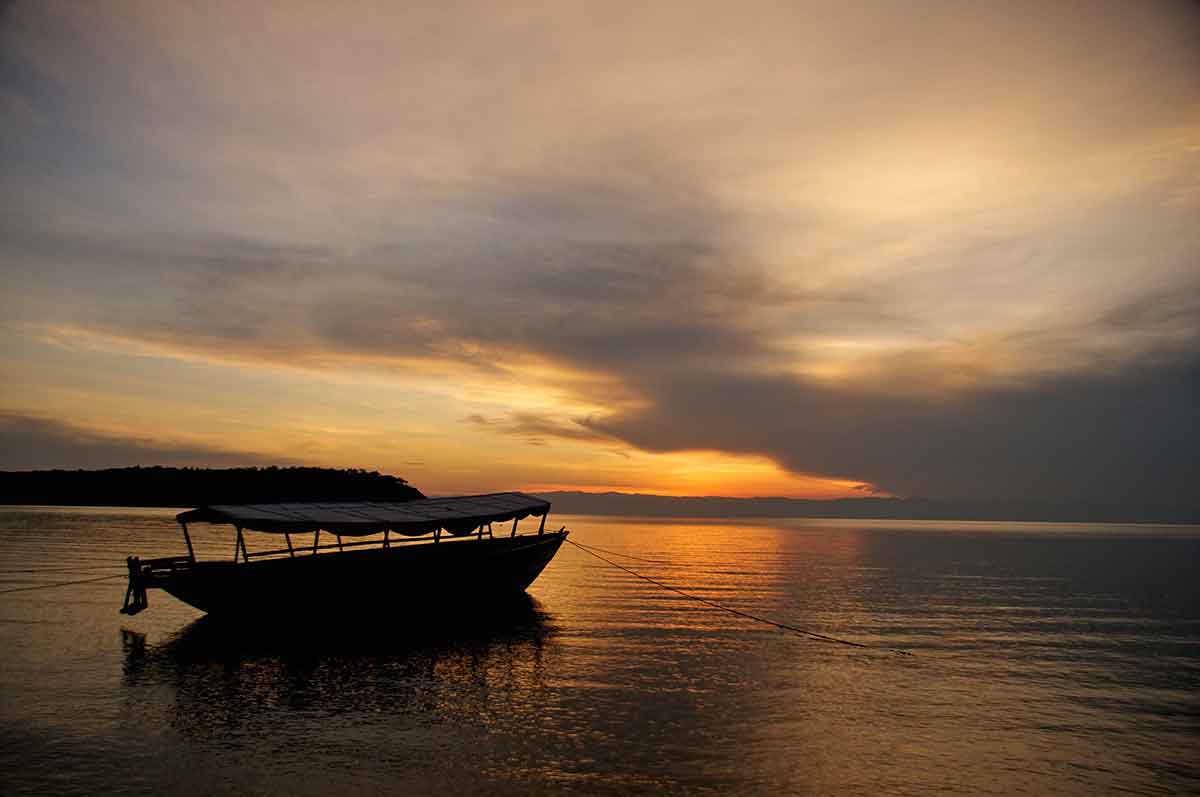
Zambia experiences a wet, dry, and cold season so it’s important to know the best time of year to visit Lake Tanganyika.
Though you can visit Lake Tanganyika in the cooler months, it’s a beautiful summer sun destination with a beach and plenty of water activities.
You should also consider the road conditions in certain seasons and whether you will be able to reach the lake.
Zambia’s rainy season is between mid-November and April.
It’s best not to visit Lake Tanganyika during this time and though you can go to other Zambian destinations it’s not recommended as the best time of year.
Between the end of May and mid-August it’s Zambia’s “winter”.
The morning temperatures during this time are around 10°C (50°F) but as the day progresses temperatures can reach 23°C (73°F).
It is possible to visit Lake Tanganyika during this time but it’s not the ideal time.
Visit between August and mid-October however and you will experience an inland tropical beach paradise.
This is also the best time of year to visit Nsumbu National Park which is adjacent to the lake.
It’s not uncommon to see elephants drinking from the water’s edge.
Where to Stay on Lake Tanganyika
Lake Tanganyika is a newly emerging tourist destination, well at least in Zambia.
When searching for accommodation be sure not to get carried away viewing a lodge without double checking it’s in Zambia not Tanzania.
Tanzania’s Lake Tanganyika tourism industry is far more developed.
Where to stay on Lake Tanganyika depends on which part of the lake you want to visit.
If you plan on visiting Zambia’s south-eastern section of the lake, then Kalambo Falls Lodge and Isanga Bay Lodge are excellent choices.
Located close to the mighty Kalambo Falls, the Kalambo Falls Lodge offers peaceful tranquillity in a very private untouched area of the lake.
The lodge provides suite and chalet accommodation, and the lodge design is an eclectic mix of African and European styles.
If you are looking to hike to Kalambo Falls, then you can go with guides from the lodge!
Isanga Bay Lodge is south of Kalambo Falls Lodge.
Here you will completely forget you are in a landlocked country!
The property has a 110 meter long private beach.
The lodge is an hour boat ride away from the nearest town Mpulungu, so you really feel like you are in a secret spot.
They offer six chalets and there’s also a campsite that can accommodate 32 people.
Isanga Bay Lodge offers day trips and hiking, fishing, snorkelling, boat hire, kayaking, bird watching and sunset cruises.
However, for the optimal Lake Tanganyika experience it is recommended that you head to Ndole to Ndole Bay Lodge or Nkamba Bay Lodge.
These lodges are located on the west side of the lake within the Nsumbu National Park.
Ndole Bay Lodge is the most well-known lodge in the area.
They offer beachfront chalets with outdoor waterfall showers, standard chalets, and a campsite.
They also have a restaurant.
When you see how remote Ndole Bay and Lake Tanganyika is you will be extremely thankful for the presence of a restaurant at your accommodation.
One of the best things about Ndole Bay Lodge is that they are fully set up on the activity front.
They offer fishing and angling trips, safaris and walks, snorkelling equipment hire, cruises, kayaking, and even scuba diving.
A visit to Ndole Bay Lodge means that your entire Lake Tanganyika trip is basically planned for you allowing you to simply relax.
Nkamba Bay Lodge is located south of Ndole and Nsumbu in a secluded bay.
They offer luxury suite style accommodation as well as luxury chalets.
They have a wonderful dining area overlooking the swimming pool and lake.
Their inhouse chef caters for all dietary requirements.
Nkama Bay Lodge also offers a range of activities like sunset cruises, fishing trips, and safaris.
Oh, and if you just want to relax, they have their own lakeside beach.
How to Get There
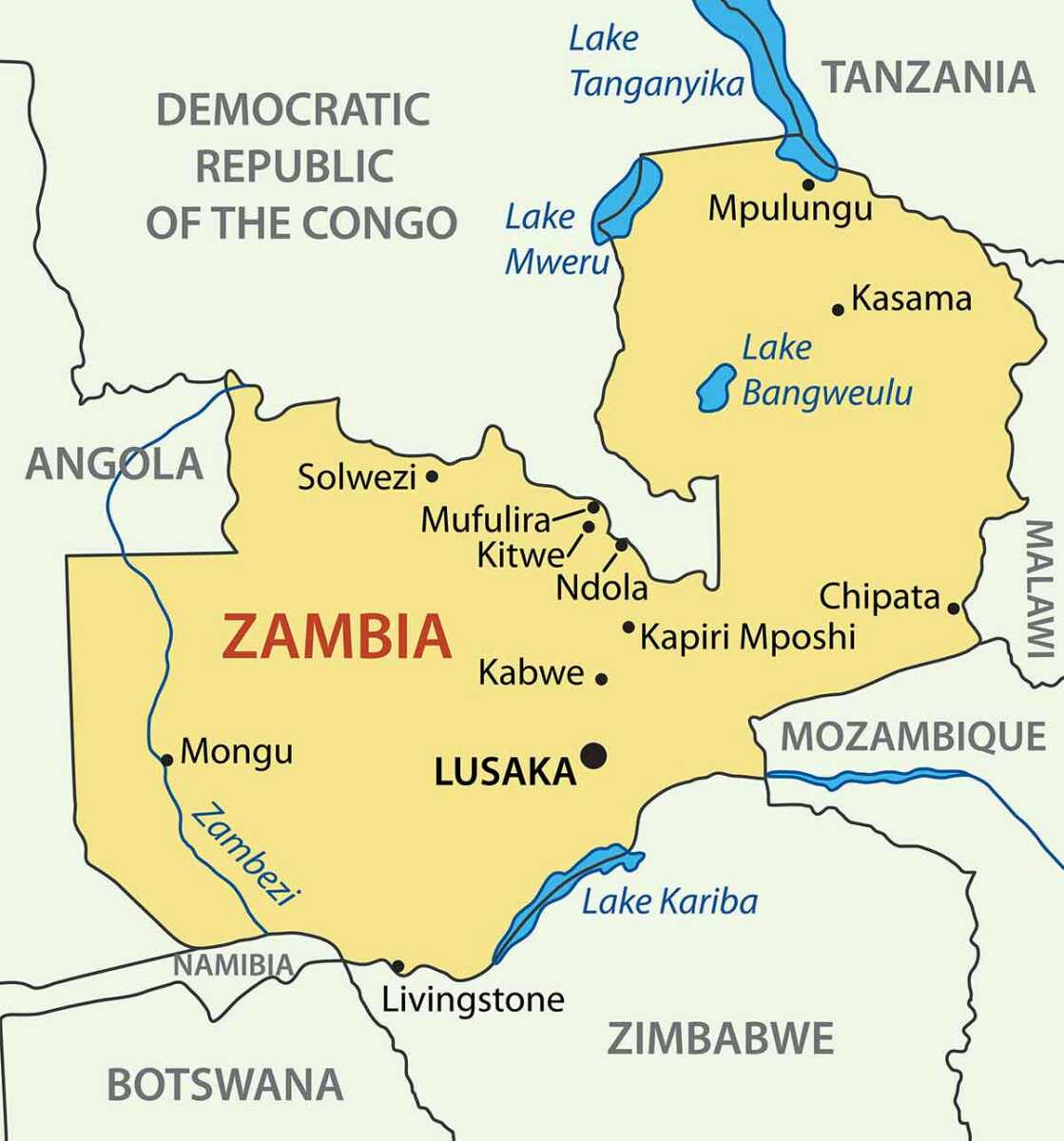
One of the main reasons Lake Tanganyika isn’t on many people’s radars is because of its remote location.
From Lusaka it’s around 1,300 km (807mi) to Lake Tanganyika.
Ultimately there are two ways to get there. By road and by air.
By Road Via Lusaka
If it’s such a long journey from Lusaka, then why even bother to drive in the first place?
Well, if you are visiting Zambia and renting a vehicle to go to other destinations you may want to include Lake Tanganyika in your trip itinerary.
Also, the journey may be long but there are some incredible things to see on the way.
You can extend your Lake Tanganyika trip into a “Best things to do in Northern Zambia” trip! It’s so worth it.
A trip to Lake Tanganyika isn’t without its challenges.
It is best to have a high clearance vehicle and a 4×4 will see you encounter no issues.
The roads in northern Zambia are in varying states, depending on the time of year you visit.
To get to the western side of the lake where Nsumbu National Park is located and Ndole Bay lodge there are three routes you can take:
- Head along the Great North Road towards Mpika, pass through Kasama, Mporokoso and then to Ndole Bay.
- Alternatively, through Serenje, Mansa, Mbereshi and then east to Mporokoso.
- You can also drive towards Mpika, through Kasama, park at Mpulungu and then take a boat to your destination whether it be Kalambo Falls area or the lodges near to the national park.
A word of warning when driving in Zambia. Do not rely on Google Maps or you will find yourself being taken down a crazy road and you will regret it. Follow road signs or a good old-fashioned map.
By Air
Northern Province isn’t well serviced by air.
However, there is an airstrip inside Nsumbu National Park.
This airstrip is for charter flights only.
Therefore, if you are planning to go to Ndole Bay Lodge or Nkamba Bay Lodge you will need to organize a chartered flight with the lodge.
Things To Do In Lake Tanganyika
1- Fishing
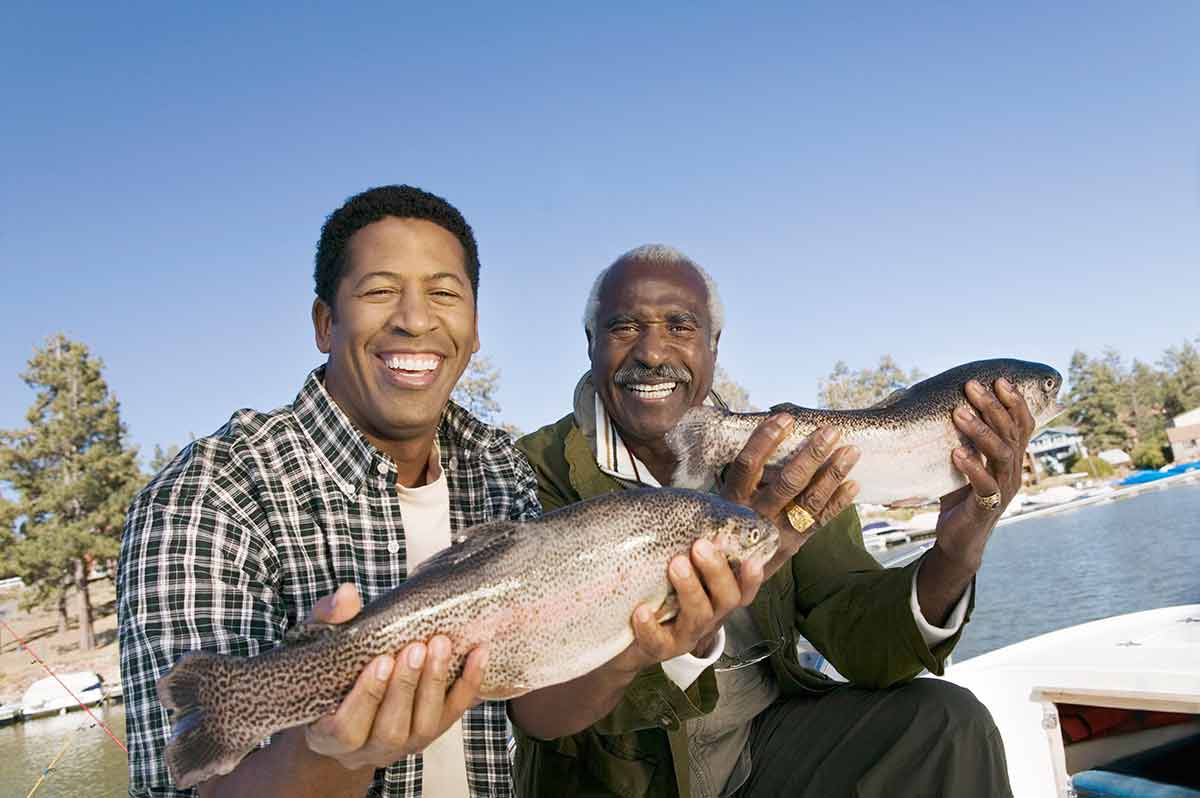
Fishing is one of the most popular activities on the lake.
Many attest that Lake Tanganyika is one of the best freshwater fishing spots anywhere in the world.
The lake boasts more than 350 species of fish, most of which are endemic.
Some species you can be in with a chance of catching on the lake include Lake Salmon, Nkupi (Yellowbelly), Tigerfish, Bream and Nile Perch.
The lake is also home to an array of colourful cichlids.
In fact, 98% of the lake’s cichlids are unique to Lake Tanganyika.
One of the impressive things about this area is that there are a variety of social and environmental projects in place to protect the local area.
The Lake Tanganyika Biodiversity Project works to create a sustainable management system on the lake and controlling fishing.
2- Scuba Diving / Snorkelling
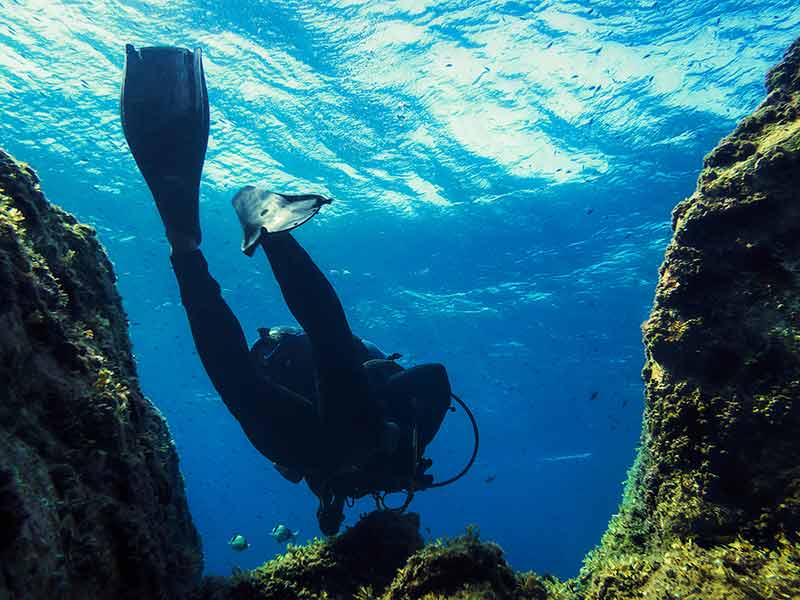
As Lake Tanganyika almost feels like you are at the ocean it might not come as a surprise that you can scuba dive.
Ndole Bay Lodge is one of the best places to scuba dive as it’s the first and only fully registered dive facility in the country.
Because of the remoteness of the lodge and accessibility they do not have an instructor so only internationally recognized certified scuba divers can dive at their site.
Scuba diving in Lake Tanganyika is unique and an experience that you must travel many miles to do elsewhere.
See Tanganyika’s Cichlids, or the aquatic Storm’s Water Cobra, which is endemic to the lake.
Many of the lodges offer snorkelling experience and the equipment for you to go out by yourselves.
3- Watersports
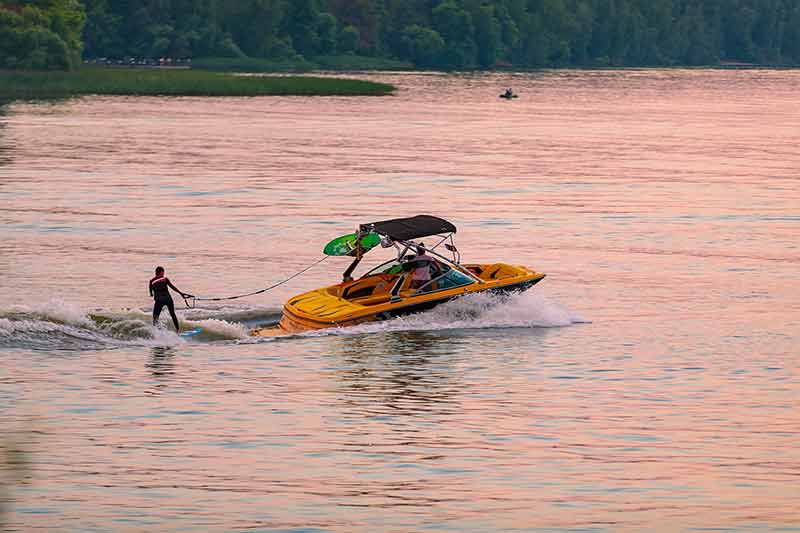
There are a variety of watersport activities available on the lake including kayaking, water-skiing, wakeboarding and tubing.
Ndole Bay Lodge is the biggest provider of these activities, but you can also go kayaking and boating at Isanga Bay Lodge on the southeast side of the lake.
4- Nsumbu National Park
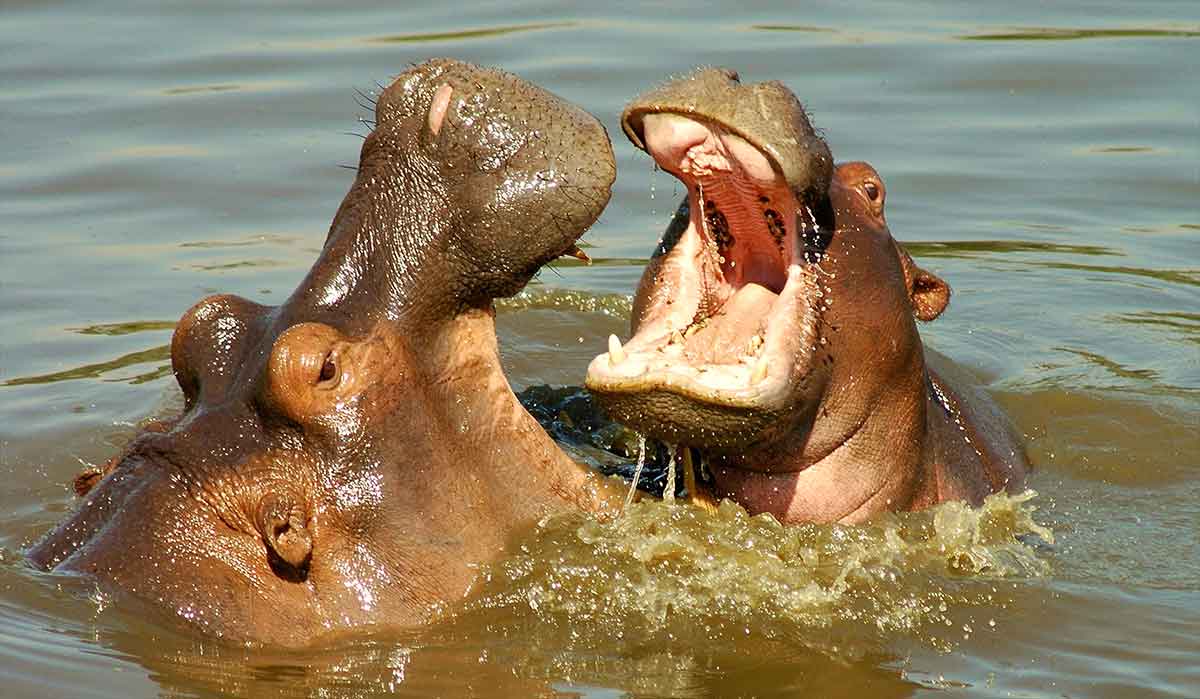
Nsumbu National Park lies on the western side of Zambia’s share of Lake Tanganyika.
The park is around 2, 000km² / 1, 255mi² and includes around 100km / 62mi of lake shoreline.
Traditional game drives are not readily available due to access, however, boat safaris and walks within the park are an excellent way to see wildlife.
Boat cruises will take you around the protected bays of Kasaba.
Wildlife you can expect to see in the bay area include hippos, buffalo, crocodiles, puku and elephants in the late afternoon.
A safari experience at Nsumbu National Park feels even more remote and pristine than in other exquisite parks in Zambia.
While you may only be able to see two of the safaris big five here it’s a unique activity.
5- Beach
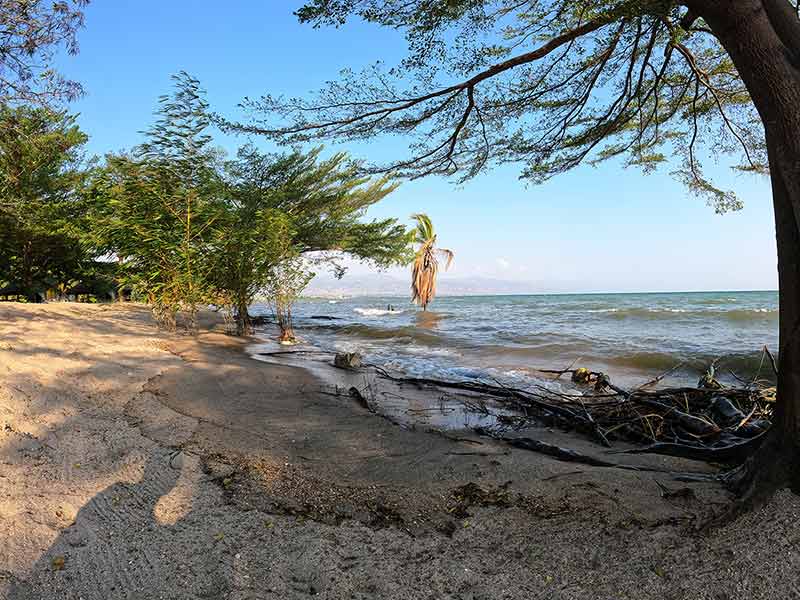
One of the best things about Tanganyika are the beaches.
Who says you need to take a trip to Tanzania to get sea, sun and sand?
Tanganyika offers all the above, except instead of sea its freshwater and no matter where you choose to visit in Lake Tanganyika there are beaches, there’s even a sand dune at Kala Bay.
6- Hike to Kalambo Falls
Kalambo Falls is a spectacular single drop uninterrupted 221m(725ft)-high waterfall.
The falls is spectacular and the second highest falls in Africa (after Tugela Falls in South Africa).
Kalambo Falls is also an important archaeological site.
There has been evidence of the use of fire discovered in the area that dates back at least 60,000 years.
This area is currently on the United Nations’ list of potential new world heritage sites.
Don’t underestimate the attempt to reach Kalambo Falls.
Like the rest of Northern Province, it hasn’t been developed for tourism and it’s not easily accessible (but isn’t that the beauty).
You can hike from Luke’s Beach at Misembe Bay.
You can take a two-hour steep trail or a more leisurely 4.5-hour route.
As you hike you will pass through a thick bush area as well as through rural villages.
The hike might be challenging but there are 5 viewpoints to ogle at this impressive waterfall.
It is located around 33km (20mi) from Mbala on the Kalambo River and it is also possible to drive there from Mbala.
This should be done during the dry season, don’t attempt it in the rainy season.
If you are driving from Mpulungu to see the falls you can expect it to take around four hours and the roads after Mbala are gravelled but in good condition.
There’s a sense of earning the view as you make your way on foot or by car to the falls.
- 20 Famous Landmarks in Africa
- Masai Mara Safari in Kenya
- Things To Do In Nairobi
- Things To Do In Mombasa
- Mount Kenya Safari Club
- Fairmont The Norfolk
- Glamping in Africa
- 18 Things To Do In Seychelles
- Climbing Mount Kilimanjaro
- 20 Moroccan Cities
- 20 Things To Do In Agadir
- 20 Things To Do In Casablanca
- 20 Things To Do In Fez
- 20 Things To Do In Tangier
- Gorilla Trekking in Uganda
- Soweto Attractions
- South Luangwa – Sanctuary Retreats
- South Luangwa Walking Safari
- 20 Safari Camps in South Luangwa National Park
- 20 Safari Camps in Lower Zambezi National Park
- Hluhluwe iMfolozi Park Safari
- Moholoholo Wildlife Rehabilitation Centre
- The Lion Whisperer
- Voluntourism in Africa
- Funny Pictures You’ll Only Find in Africa
- Lake Tanganyika – Zambia’s Hidden Gem
- 20 Safari Camps in Kafue National Park
Plan Your Trip

Rent A Car – Find the best car rental rates at Discover Cars. They compare car hire companies to provide you with the best deal right now.

Find A Hotel – If you’re curious about this article and are looking for somewhere to stay, take a look at these amazing hotels.


